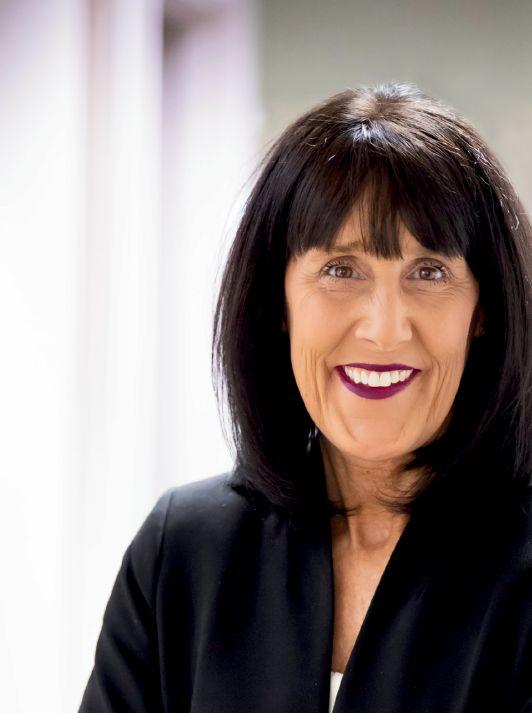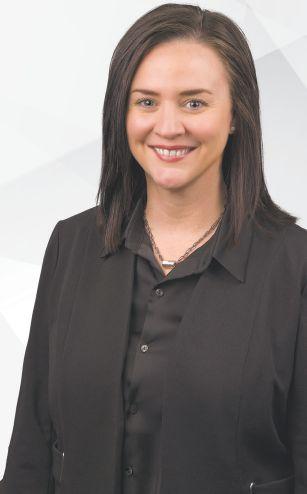
1 minute read
CO NGRATULATIONS !
Congratulations to Alex Larson onbeing recognizedinthe PrairieBusiness2023 Top25Womenin Business list!
While working full-time as acivilengineeringdesigntechnicianand keeping up withheractiveyoung daughters,Alexrecentlyobtainedhercivilengineeringdegreefromthe UniversityofNorthDakota.In addition,Alexplays an important role in business developmentandclientservicemanagementinthe privatedevelopmentfield,whilealsoprovidingcivilengineeringdesign forinternalprojects.Shehas developedanincredibleabilityto understandtheneedsofherclientsandhasdeveloped areputation forunderstanding aproject’s needsanddelivering awell thoughtout andclearplan.

continued from page 35 subsurface. After starting work in mid-June, the facility had already stored 82,000 tons of carbon dioxide, Gorecki said. The EERC has a research monitoring program that is overlaying on top of that, and the center is working with people in Japan to have real-time monitoring of the injected CO2.
“That’s the goal. It’s just very exciting,” he said. “Because that kind of technology helps reassure the public in particular that it’s safe, it’s permanently stored, these types of things. So, I think that was really exciting. And Red Trail is the first commercial project to start in the state. And it will be the first … I believe of many projects that will be coming soon.”
The EERC has been working on CO2 storage since 2003, Gorecki said. The organization has gone through the entire technology development process from first figuring out where and how the carbon could be captured, to where it could be stored, how it’s used for enhanced oil recovery all the way through pilot projects and now to where it’s being commercially deployed.

“(It’s) so exciting,” Gorecki said.
Sen. John Hoeven, R-N.D., said the EERC is “cracking the code” in the energy industry.
“This is the second time North Dakota has cracked the code — the first instance being our discovery of both a commercially and technologically viable way to extract oil from the Bakken formation,” Hoeven said during the February press conference. “For many years, we have had the most advanced coal-fired energy industry in the nation, thanks to the work of the EERC and others. This …is just another step in the journey and path you’ve created toward successfully capturing carbon, and having a coal-fired energy program that not just survives, but thrives.”
Gorecki said researchers have also been busy finding additional ways to use lignite coal, including the creation of graphite and graphene from North Dakota’s lignites. Gorecki called it a “really exciting prospect,” as the materials have several different uses.















